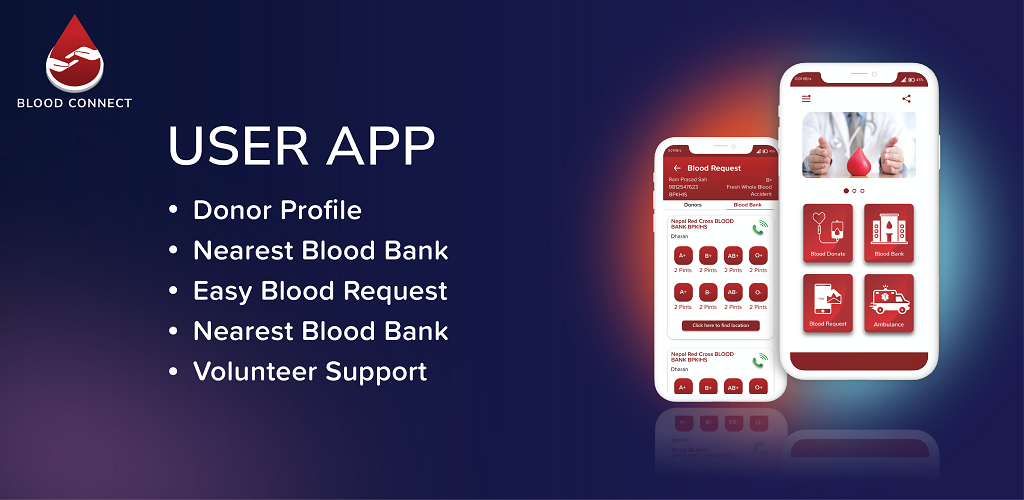In today’s fast growing digital world, businesses, developers and mostly the entrepreneurs are constantly searching for ways to develop faster, high-quality responsive and more efficiently by doing less code or no code. Cross-platform has emerged as a revolutionary, allowing developers to write code once and deploying on all platforms like iOS, Android, web and multiple OS through the same code.
Till now, three frameworks stand out in the cross-platform development world: Flutter (by Google), React Native (by Facebook), Kotlin Multiplatform (JetBrains). Every framework has its own advantages and disadvantages and uniqueness. On this blog, we will compare the features and uses for different cases which helps you to decide which one is the most suitable framework for your project.
Cross platform development approach saves your time, costs and provides you consistency across platforms.
Flutter
It is an open-source UI toolkit for developing compiled applications for mobile, web and desktop and even watch OS from a single code. It is famous for its fast performance and beautiful customizable UI. Using Dart programming language makes it more familiar to those who have used C, C++ or Java previously. Features like hot reload, rich widget library attracts the developer. Hot Reload helps to see changes in the app without restarting it. Wide range of pre-designed widgets for building complex UIs and ensuring near-native high performance makes it more engaging. Growing strong community support and a large variety of third-party libraries and packages helps the developers for fast coding.
It is efficient for developing visually appealing apps with smooth animations and ideal for the projects looking for a single codebase for mobile and web as well. Flutter is strongly supported by Google for a rapidly growing community. However dart language is less popular compared to Java, Kotlin or JavaScript which may require a learning curve. As it generates larger app size compared to native apps, the performance slows down a little bit in comparison to kotlin. It is very useful for apps requiring complex animations and custom UI designs. Very suitable for Mostly startups and businesses who are looking for a single codebase to all platforms.
React Native
It is a popular framework for building cross-platform apps using JavaScript and React. It facilitates the developers to deploy the apps on both iOS and Android through the same codebase. It is famous for reusable components, just write once and use it anywhere inside the apps. You can see changes inside apps without rebuilding the app while developing. It has extensive third-party libraries and plugins. It also allows integration of native code for platform-specific features. It is also famous for loading whole projects at once which doesn’t require refreshing any pages within the apps. It is ideal for those who require frequent updates and iterations. It may not perform as well as Flutter for complex animations. Debugging may be challenging due to the bridge between JS and native code. Very useful for apps with a focus on rapid development and frequent updates. Might be the best choice for the teams already familiar with JS and React.
Kotlin Multiplatform
It is developed by JetBrains, a relatively new player in the cross-platform space. It facilitates the developers to share the same business logic across platforms while using native UI components for each platform. In android studio, you can generate kotlin code from native java code which makes it easier to transfer from native to cross-platform. Use platform-specific UI components for a truly native look and feel. It provides features to share business logic across platforms and seamlessly integrates with existing Java and Android Codebases. It is increasingly popular among Android developers who want to shift from java to Kotlin for Cross-platforms.
This is very ideal for developers already using Java or Kotlin for Android development. Providing strong type safety and modern language features make developers beneficial. It has fewer third-party libraries compared to Flutter and React Native but you can use native code and business logic which does not require external libraries. It is very useful where native performance and UI are critical and who are experts in Kotlin.

Which Framework should YOU Choose?
Choose Flutter if you need a highly customizable UI with smooth animations and single codebase for mobile, web and desktop as well.
Choose React Native if your team is already familiar with JavaScript and React and need rapid development and frequent updates. Also need to access a large ecosystem of libraries and plugins.
Choose Kotlin Multi Platform if your team has experience with Kotlin or Android development and you prefer faster native performance having the same business logic but platform-specific UI.
It is a powerful approach for developing high-quality efficient apps. Cross-platform is no longer a problem to save your time, cost and resources. Each framework offers unique features and the best choice depends on your project requirements, team expertise and future goals.
As we move into 2025, Flutter, React Native and Kotlin Multi Platform will continue to evolve, offering even more features and resources.







